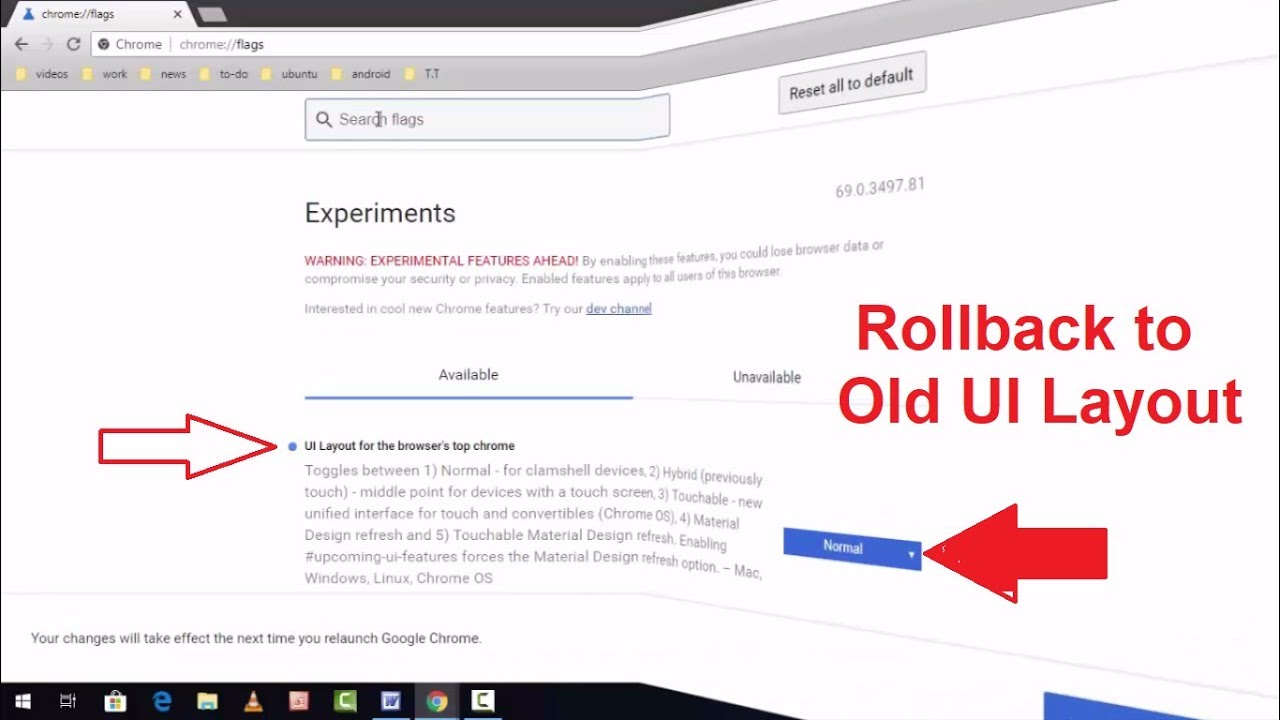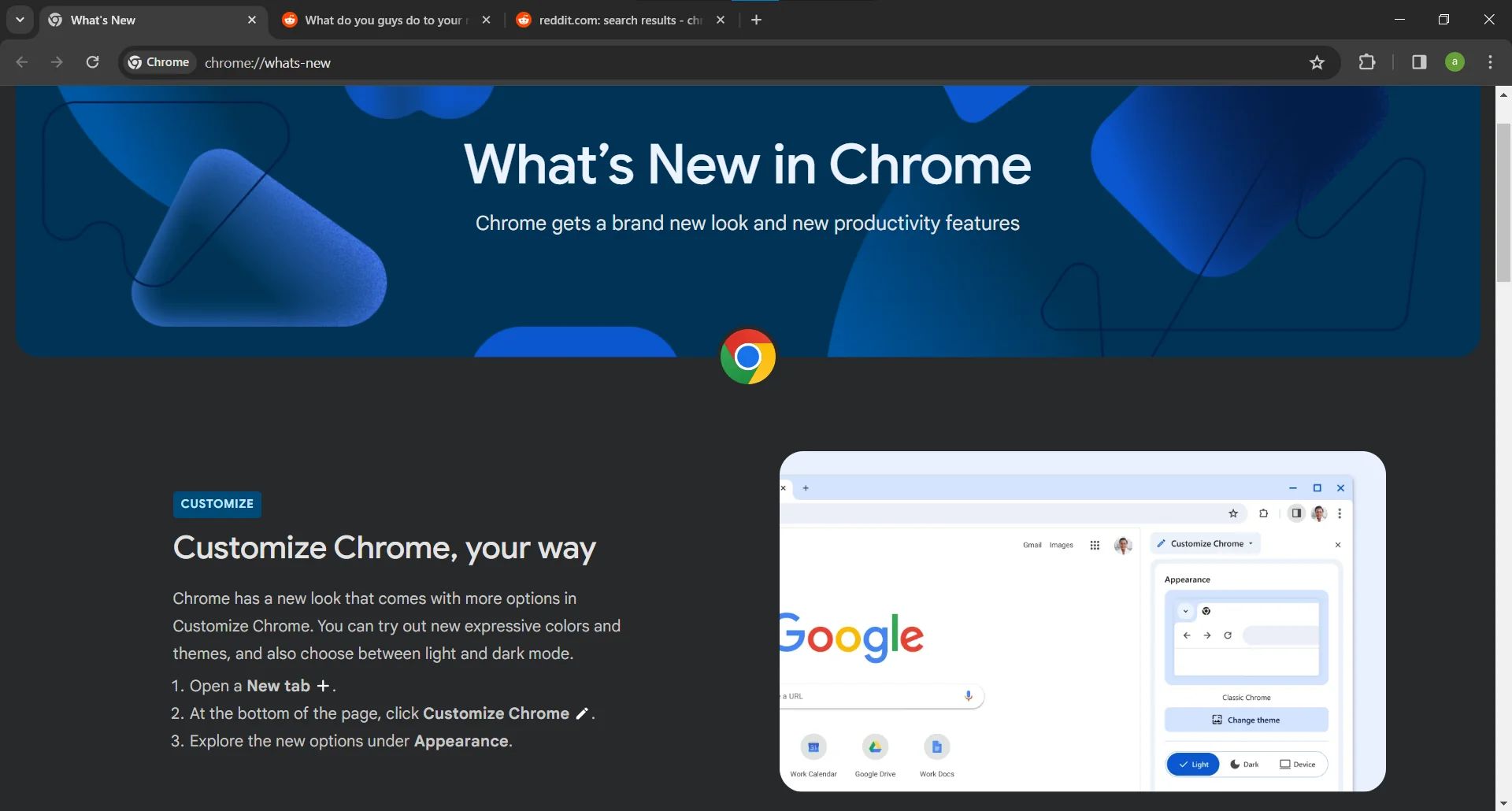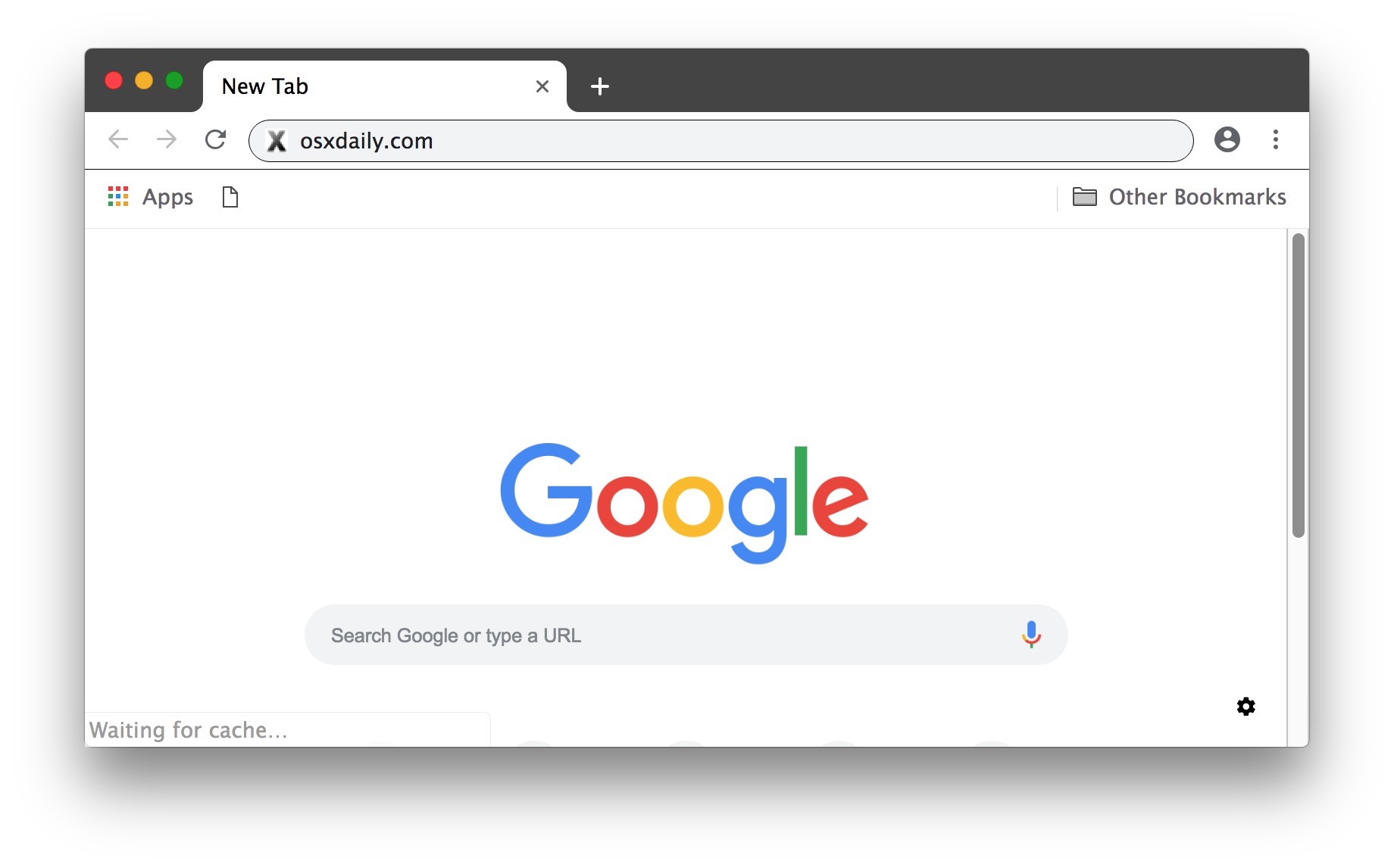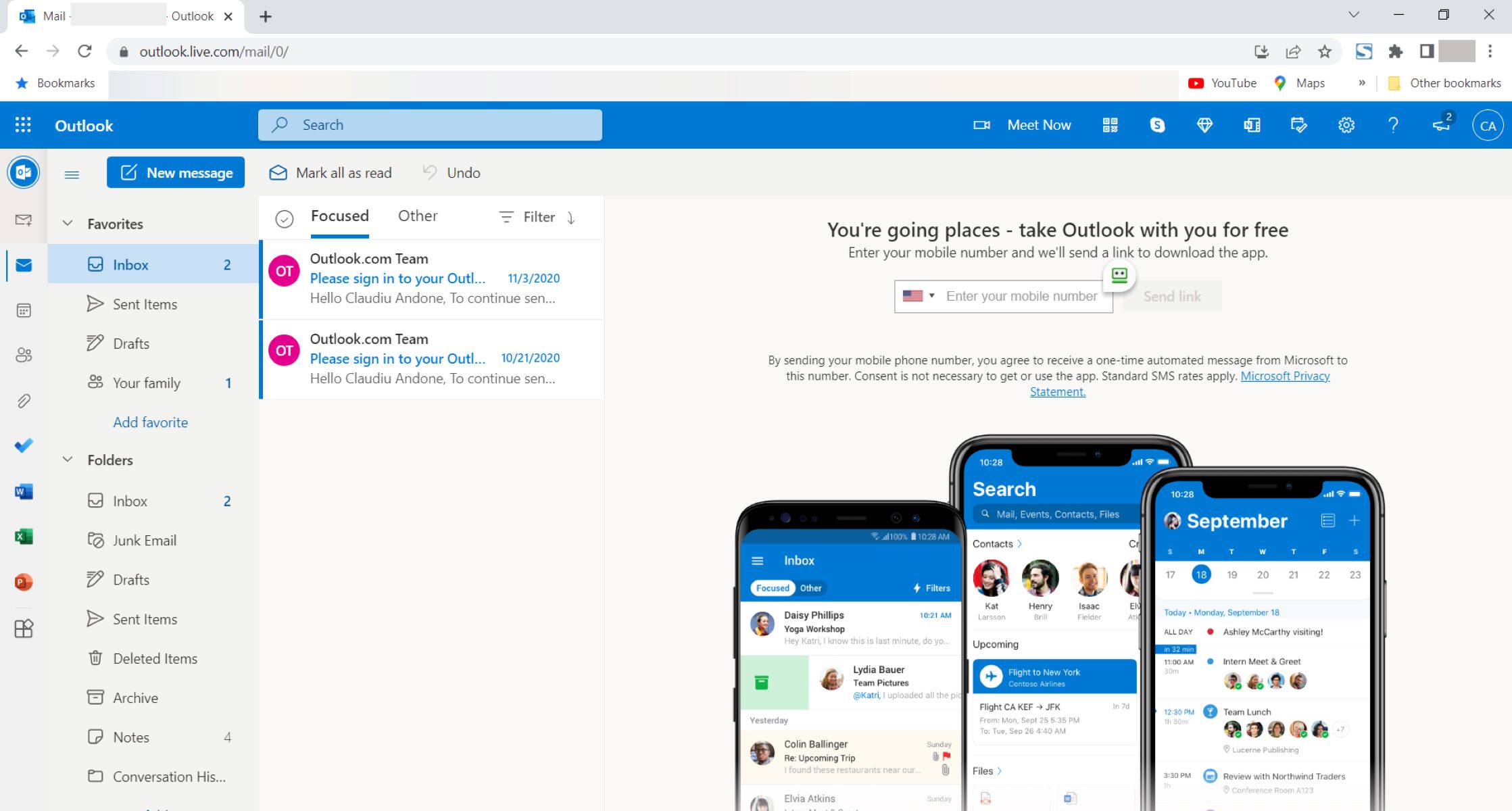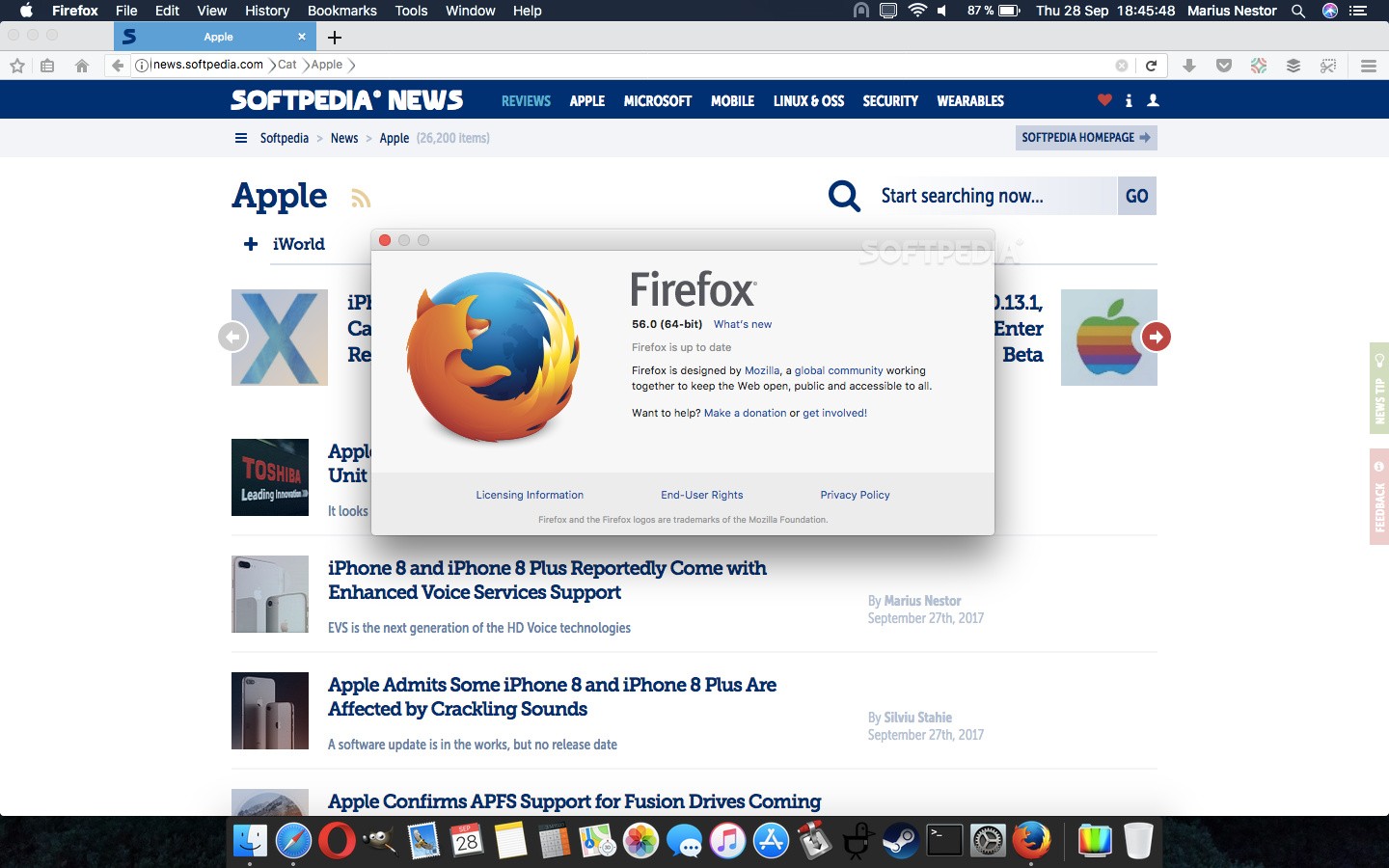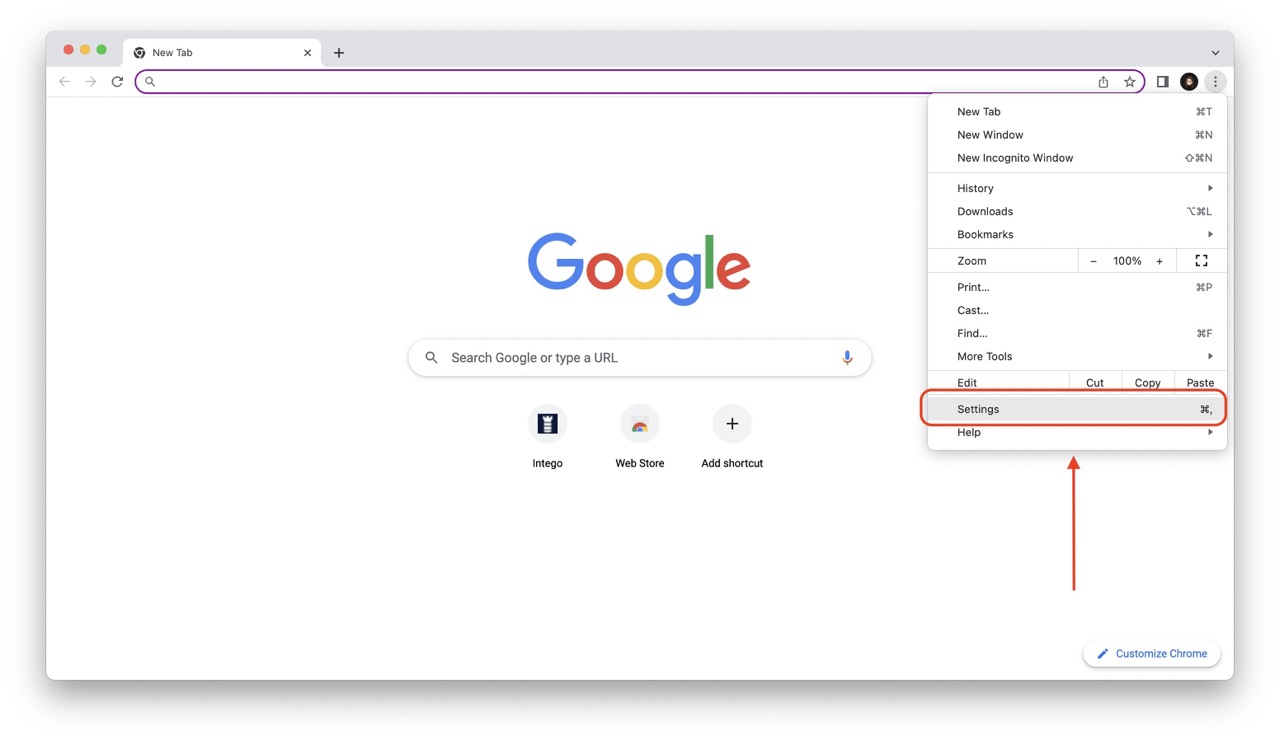Introduction
Have you ever updated your Google Chrome browser, only to find that the new version is causing more problems than it solves? It can be frustrating when an update introduces unexpected bugs or changes that disrupt your browsing experience. Fortunately, there is a way to revert Chrome to a previous version, allowing you to regain stability and functionality.
In this guide, we will walk you through the process of reverting Chrome to a previous version. Whether you're encountering compatibility issues, performance slowdowns, or simply prefer an older version of the browser, following these steps will help you roll back to a version that better suits your needs.
So, if you're ready to take control of your Chrome browsing experience and restore a previous version of the browser, let's dive into the step-by-step process. Whether you're a casual user or a tech-savvy individual, this guide will equip you with the knowledge to effectively revert Chrome to a previous version and reclaim a browsing experience that meets your preferences and requirements.
Step 1: Uninstall the current version of Chrome
Before reverting to a previous version of Chrome, it's essential to uninstall the current version from your system. This process ensures a clean slate for the installation of the older version, minimizing potential conflicts and ensuring a smooth transition.
-
Access Control Panel: Begin by accessing the Control Panel on your Windows system. You can do this by clicking the Start button and typing "Control Panel" in the search bar. Once the Control Panel option appears, click to open it.
-
Navigate to Programs and Features: Within the Control Panel, locate the "Programs" category and click on "Uninstall a program" under it. This will display a list of installed programs on your computer.
-
Locate Google Chrome: Scroll through the list of installed programs to find Google Chrome. Once located, right-click on it and select "Uninstall." This action will initiate the uninstallation process for the current version of Chrome.
-
Follow Uninstallation Prompts: A confirmation prompt may appear to ensure that you want to uninstall Chrome. Proceed by clicking "Yes" or "Uninstall" to confirm your decision. Follow any additional prompts that may appear to complete the uninstallation process.
-
Clear Remaining Files: After the uninstallation is complete, it's advisable to navigate to the installation directory of Chrome to ensure that any remaining files or folders associated with the current version are removed. This step helps prevent potential conflicts when installing the previous version.
By following these steps, you can effectively uninstall the current version of Chrome from your system, paving the way for the installation of the previous version. With the current version removed, you're now ready to proceed to the next step of downloading the desired previous version of Chrome.
Remember, it's important to follow each step carefully to ensure a seamless transition to the previous version of Chrome, allowing you to address any issues or preferences that led to the decision to revert.
Step 2: Download the previous version of Chrome
Now that you've successfully uninstalled the current version of Chrome, the next step is to download the specific previous version that you want to revert to. This process involves obtaining the installation file for the desired version of Chrome, which may require a bit of research to locate the appropriate release. Here's how you can proceed with downloading the previous version of Chrome:
-
Identify the Desired Version: Begin by identifying the specific version of Chrome that you want to revert to. This may involve determining the release number or build that was stable and functional for your browsing needs. You can often find this information by researching release notes or version histories for Chrome.
-
Visit a Trusted Source: It's crucial to download software, including previous versions of web browsers, from reputable and trusted sources. Visit the official Chrome release archive or other reliable repositories that host previous versions of the browser. Be cautious of third-party websites, as they may distribute modified or compromised versions of the software.
-
Download the Installation File: Once you've located a trusted source for the previous version of Chrome, download the installation file to your computer. Ensure that you select the correct version that aligns with your preferences and requirements. Pay attention to the file format and ensure that it is compatible with your operating system.
-
Verify the Integrity: After downloading the installation file, it's a good practice to verify its integrity to ensure that it has not been tampered with or corrupted during the download process. You can use checksum verification tools or compare the file's digital signature, if available, to confirm its authenticity.
-
Store the Installation File Securely: Once the download is complete and the file's integrity is verified, store the installation file in a secure location on your computer. This ensures that you have the necessary setup file for the previous version of Chrome when you proceed with the installation in the next step.
By following these steps, you can effectively download the specific previous version of Chrome that you intend to revert to. Taking the time to identify a trusted source and verify the integrity of the installation file contributes to a secure and reliable process. With the installation file secured, you're now prepared to proceed to the next step of installing the previous version of Chrome, allowing you to regain stability and functionality in your browsing experience.
Step 3: Install the previous version of Chrome
With the previous version of Chrome's installation file securely stored on your computer, you're now ready to proceed with the installation process. Installing the previous version involves replacing the current version with the desired release, allowing you to revert to a state that aligns with your preferences and browsing requirements. Here's a detailed guide on how to install the previous version of Chrome:
-
Run the Installation File: Locate the downloaded installation file for the previous version of Chrome on your computer. Double-click the file to initiate the installation process. Depending on your operating system, you may encounter user account control prompts or permission requests. Proceed with the necessary permissions to continue.
-
Begin the Installation: The installation wizard for the previous version of Chrome will launch. Follow the on-screen prompts to initiate the installation. You may be presented with options related to installation preferences, such as the installation directory and shortcuts. Review and customize these settings according to your preferences.
-
Complete the Installation: Once you've configured the installation settings, proceed with the installation process. The wizard will begin copying files and configuring the previous version of Chrome on your system. This may take a few moments to complete, depending on the speed of your computer and the size of the installation files.
-
Launch the Previous Version: After the installation is successfully completed, you can launch the previous version of Chrome from the desktop shortcut or the Start menu. Upon launching the browser, you should be greeted with the familiar interface and features of the reverted version.
-
Verify Functionality: Take a moment to navigate through the browser and verify that the previous version is functioning as expected. Pay attention to any specific features, extensions, or settings that prompted the decision to revert to this version. Ensure that the browsing experience aligns with your preferences and that any issues encountered with the previous version have been addressed.
By following these steps, you can effectively install the previous version of Chrome, replacing the current version with the desired release. This process allows you to regain stability and functionality in your browsing experience, providing a familiar environment that meets your specific needs. With the previous version successfully installed, you can now enjoy a browsing experience that aligns with your preferences and requirements.
Conclusion
Reverting Chrome to a previous version is a valuable solution for users who encounter compatibility issues, performance slowdowns, or simply prefer an older iteration of the browser. By following the outlined steps, you can effectively regain control over your browsing experience and address any challenges posed by the current version of Chrome.
Upon completing the process of reverting to a previous version, it's essential to take a moment to reflect on the impact of this decision. By returning to a familiar and stable version of Chrome, you have the opportunity to rediscover a browsing environment that aligns with your preferences and requirements. Whether it's the interface, feature set, or overall performance, the reverted version can offer a sense of familiarity and reliability that may have been compromised by the latest updates.
Furthermore, the ability to revert Chrome to a previous version empowers users to address specific issues that may have arisen with the latest release. Whether it's the compatibility of extensions, changes in user interface design, or performance optimizations that impact your workflow, the decision to revert reflects a proactive approach to maintaining an optimal browsing experience.
It's important to note that while reverting to a previous version can address immediate concerns, staying informed about future updates and improvements is crucial. Keeping an eye on release notes, version histories, and community discussions can provide insights into the ongoing development of Chrome, allowing you to make informed decisions about future updates and potential enhancements to your browsing experience.
Ultimately, the process of reverting Chrome to a previous version underscores the significance of user agency and control in the digital landscape. By offering the flexibility to choose the most suitable version of the browser, Google Chrome empowers users to tailor their browsing experience to their unique preferences and needs.
As you navigate the dynamic landscape of web browsers and software updates, remember that the ability to revert to a previous version serves as a valuable tool in maintaining a browsing environment that resonates with you. Whether it's for stability, familiarity, or specific feature sets, the option to revert Chrome to a previous version reflects the user-centric approach that defines a personalized and adaptable browsing experience.







